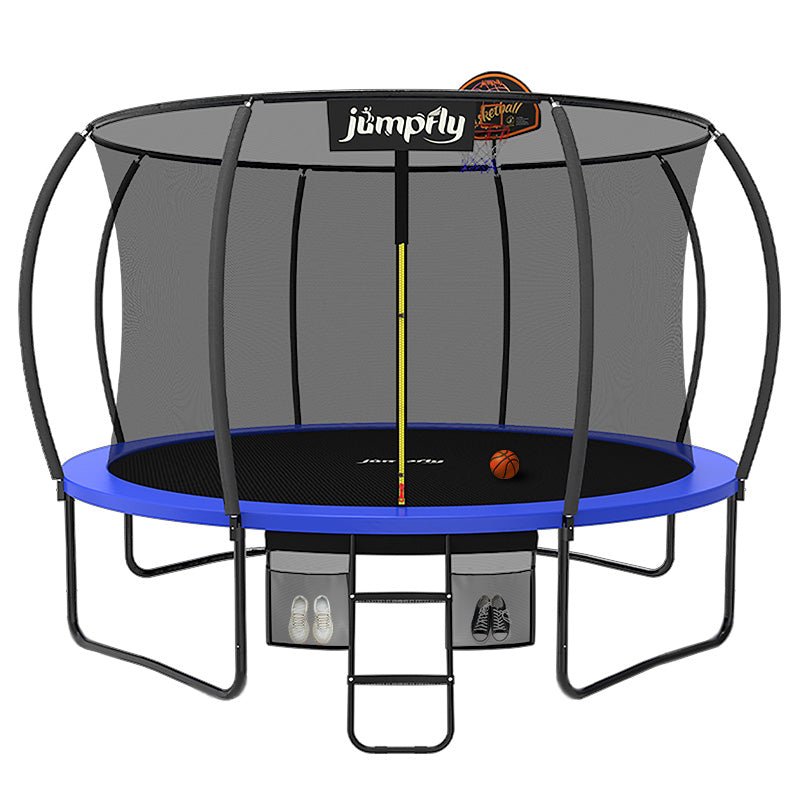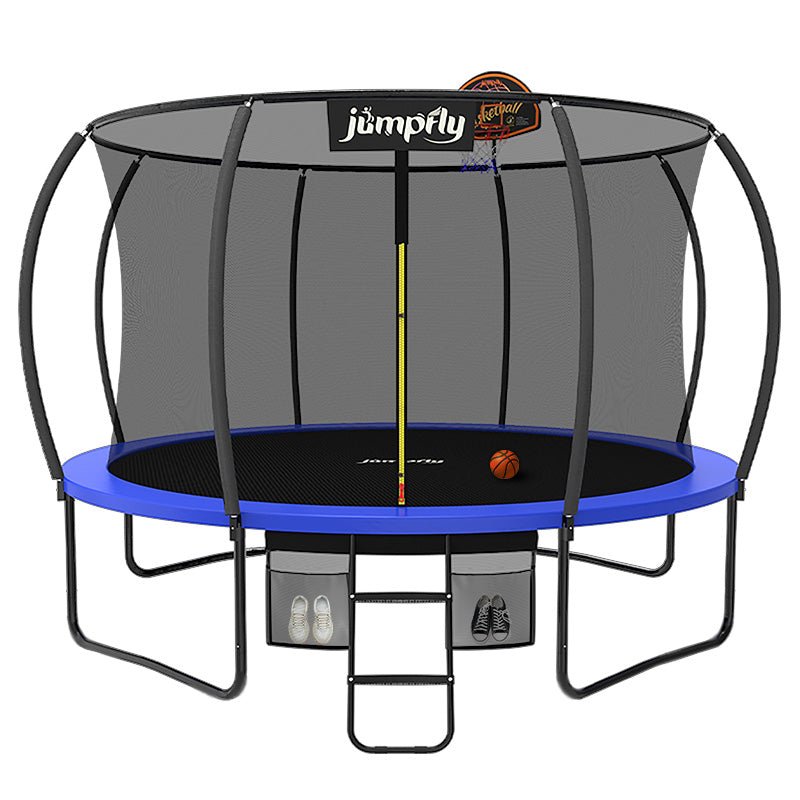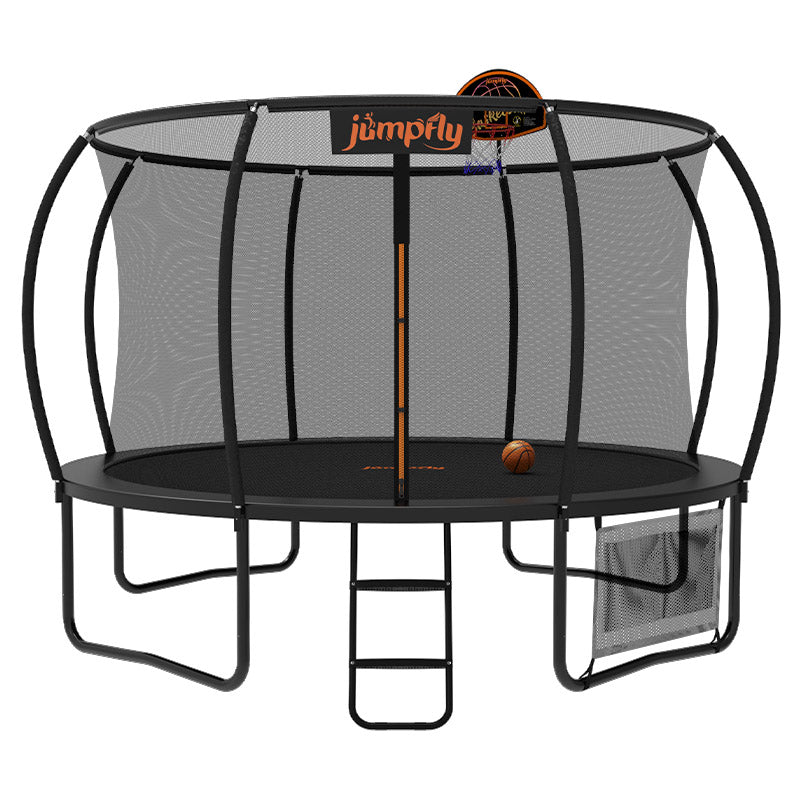Trampolines have evolved from being a mere source of backyard fun to becoming a staple in many households, offering a unique and enjoyable way for families to stay active.
When it comes to choosing the right trampoline for your home, the decision often boils down to whether to go for an in-ground or an above-ground model.
In this article, we'll explore the pros and cons of both types to help you make an informed decision that best suits your needs.
The Lowdown on Above-Ground Trampolines
Above-ground trampolines are the more traditional and common option for families. They come in various shapes and sizes, and they are typically easier to install compared to their in-ground counterparts.
Here's a closer look at the advantages and disadvantages of above-ground trampolines:
Pros:
-
Ease of Installation:Above-ground trampolines are relatively straightforward to set up. They usually come with a frame, legs, and safety net, making them a convenient choice for those who want a hassle-free installation process.
-
Portability: If you ever decide to relocate or rearrange your backyard, an above-ground trampoline can be easily disassembled and moved to a new location.
- Affordability: Generally, above-ground trampolines are more budget-friendly than their in-ground counterparts. This makes them an attractive option for families looking for an affordable yet entertaining addition to their backyard.
Cons:
- Aesthetic Impact: Some homeowners find the appearance of an above-ground trampoline less appealing, as it can be seen as a bulky addition to the backyard landscape.
- Safety Concerns: Although safety nets are often included, there is still a risk of falling off an above-ground trampoline. Extra precautions, such as padding around the frame and enclosure, are advisable.
In-Ground Trampolines: A Groundbreaking Alternative
In-ground trampolines, on the other hand, offer a sleeker and more integrated look in your backyard. They are installed at ground level, providing a seamless appearance. Let's explore the advantages and disadvantages of this alternative:
Pros:
- Aesthetically Pleasing: In-ground trampolines blend seamlessly with the landscape, offering a more aesthetically pleasing look compared to their above-ground counterparts.
- Enhanced Safety: With the trampoline at ground level, the risk of falling from a significant height is minimized. This can be especially appealing for families with young children.
- Increased Durability: In-ground trampolines are generally more durable, as they are exposed to fewer weather elements and are less likely to be damaged by wind or storms.
Cons:
- Complex Installation: Installing an in-ground trampoline is a more involved process, often requiring professional assistance. This can translate to higher installation costs.
- Lack of Portability: Once installed, an in-ground trampoline is not easily moved. This lack of portability can be a drawback for those who like to change the layout of their backyard frequently.
- Higher Cost: In-ground trampolines tend to come with a higher initial cost due to the additional work involved in the installation process.
Choosing between an in-ground and above-ground trampoline ultimately depends on your preferences, budget, and the available space in your backyard.
Above-ground trampolines are a convenient and cost-effective option, while in-ground trampolines offer a sleeker look and enhanced safety features.
Whichever you choose, incorporating a trampoline into your outdoor space is sure to bring joy, laughter, and physical activity to your family.







Leave a comment
All comments are moderated before being published.
This site is protected by hCaptcha and the hCaptcha Privacy Policy and Terms of Service apply.